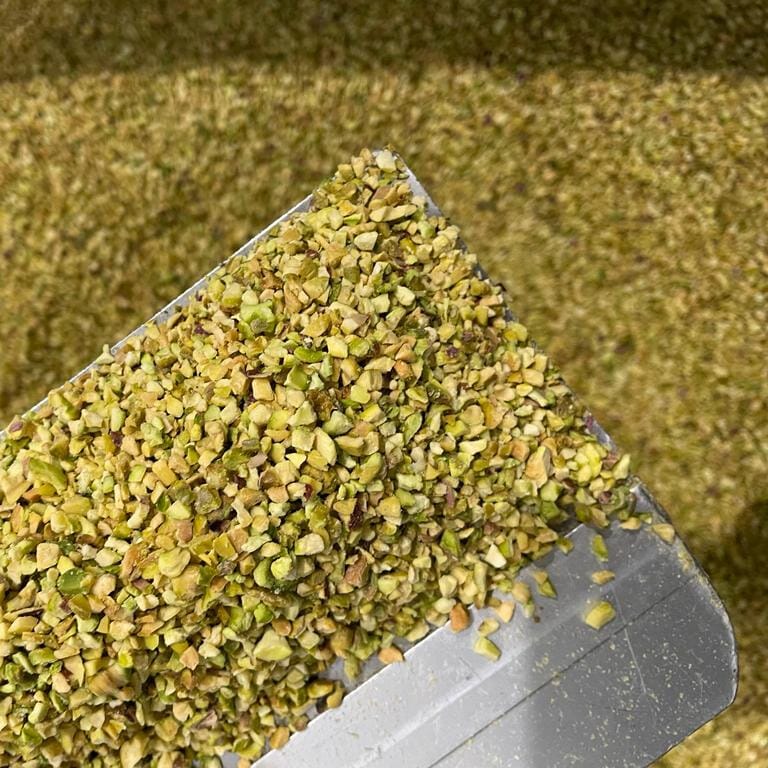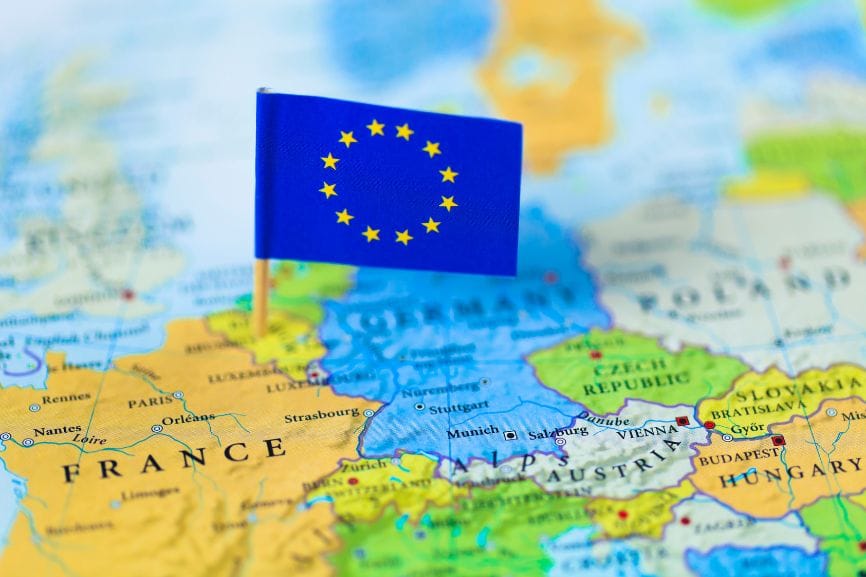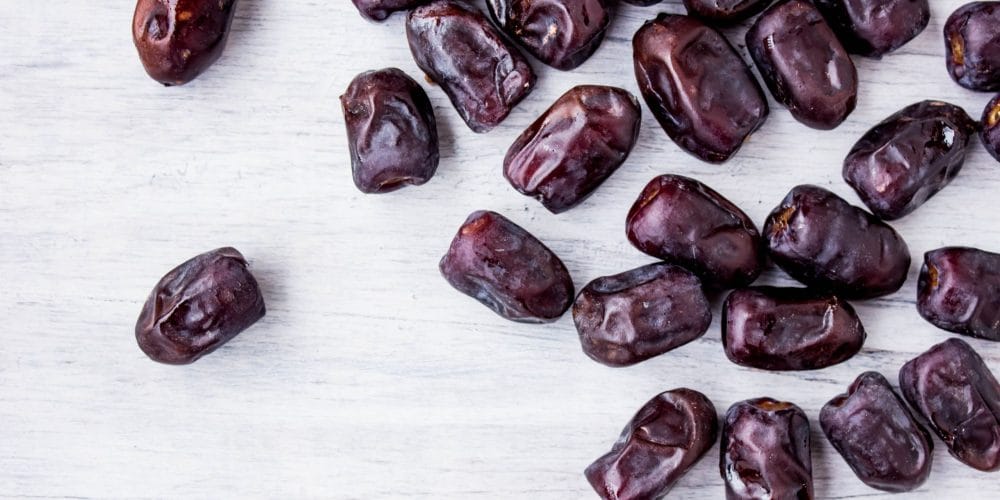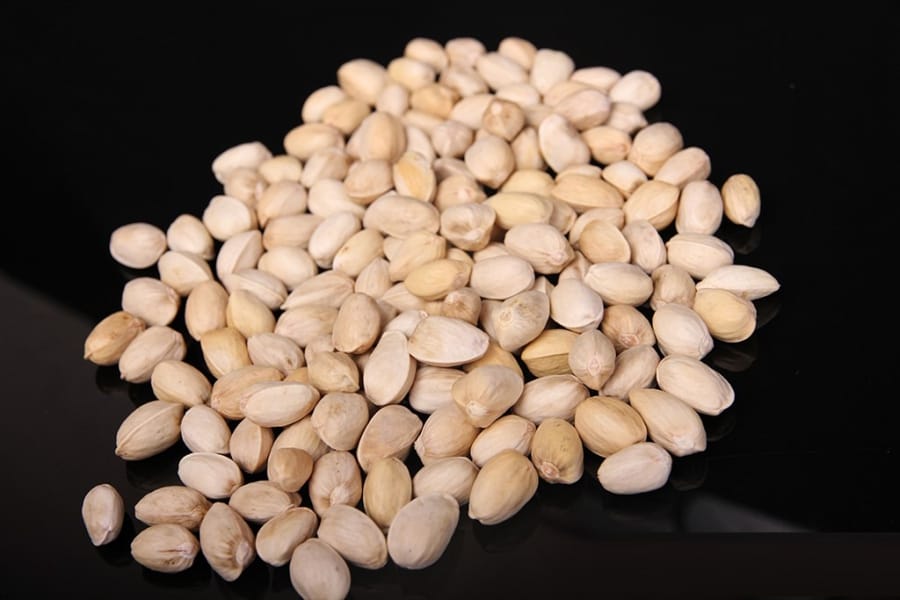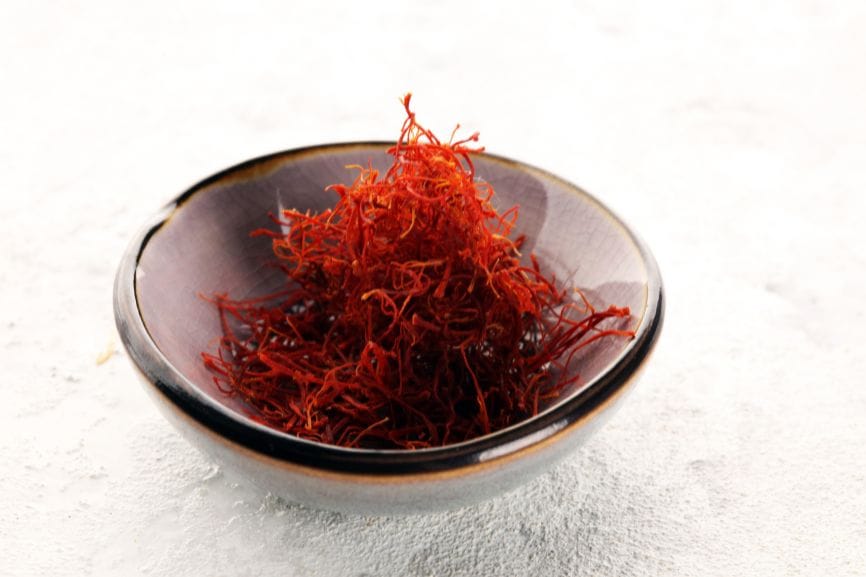
08
Aug
What is saffron?
At the beginning of September, the purple petals of a plant with a 30cm Height open before sunrise, and the three thin stigmas of it become visible, which means it’s ready, and the farmers only have a couple of hours to pick up the most expensive spice of the world.
Saffron Production and its origin
Iran is the largest producer of saffron, with over 90% of the world’s production, or over 400 tons. Qaynat is also known as the capital city of saffron production. In 2019, 200 metric tons of saffron were exported from Iran, a 5% increase from the same period last year. According to Iran’s customs statistics, this year, 105 tons of saffron were exported to the target markets for a period of six months.
Global production of saffron in 2016: Iran took first place with 336 tons of production of saffron and India with 22 tons, Greece with 7.2 tons, Afghanistan with 6 tons, Morocco with 2.6 tones, Spain with 2.3 tons, Italy and China with one ton, and Azerbaijan with 0.23 ton set in the ranking after our country, respectively.
Characteristics of Saffron
Saffron is fundamentally anti-depression and invigorating. This particular plant can help to improve digestive function; it is also beneficial for the kidneys and bladder. Saffron can facilitate digestion and blood circulation and relieve stomach bloating. It also has antioxidants and, consequently, anticancer properties.
Consumption and applications of Saffron
Due to its unique taste and smell, saffron is widely used in food (especially with rice), confectionery, pharmaceuticals, and other industries for many purposes. The color of Saffron is unique, so it is used as one of the most essential and favorite food additives in many countries.
How to Store Saffron
Saffron should be kept in a glass cup, away from light and moisture, especially after grinding. If stored improperly, saffron’s essential essence (volatile odorous substances) can evaporate over time, affecting its medical properties and taste, and the quality of saffron will be reduced.
The production method of saffron
The harvesting process, which includes picking flowers and removing ends from them, is the most challenging but sensitive process. The life span of the saffron flower is 3 to 5 days, and it will wither if not harvested in time. Also, exposing the flowers to hot air, wind, and sunlight for a long time will reduce the color and aroma of the stigma. The best time to pick saffron flowers is early in the morning, before the flowers open, when they are buds.
Flower picking
The time of flowering also depends on the climate of the region. The flowering period of saffron is 15 to 25 days, and most flowering is on the seventh to the tenth day. Saffron endings should be removed immediately from the petals. As yellow flagella pollen is placed on the ending, their separation can damage the endings and reduce the commercial value of saffron.
Ending removal
A short time should be considered for transferring the saffron flowers from the ground and separating the endings from the flowers because the flowers can quickly rot. This step should be performed carefully to prevent saffron from any damage.
Saffron drying
The method of drying affects the quality and commercial value of saffron. Tunnel dryers, conveyors, and vacuum dryers are commonly used in industry drying systems.

